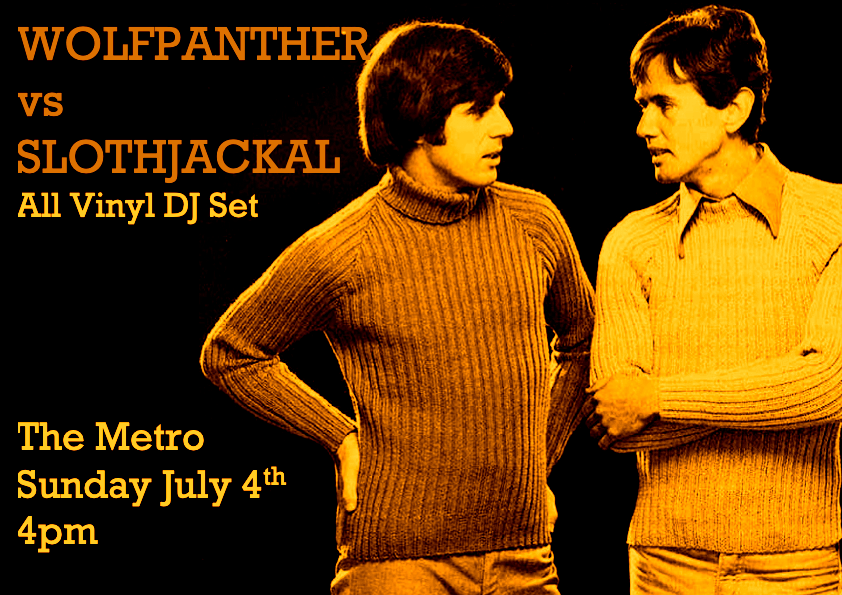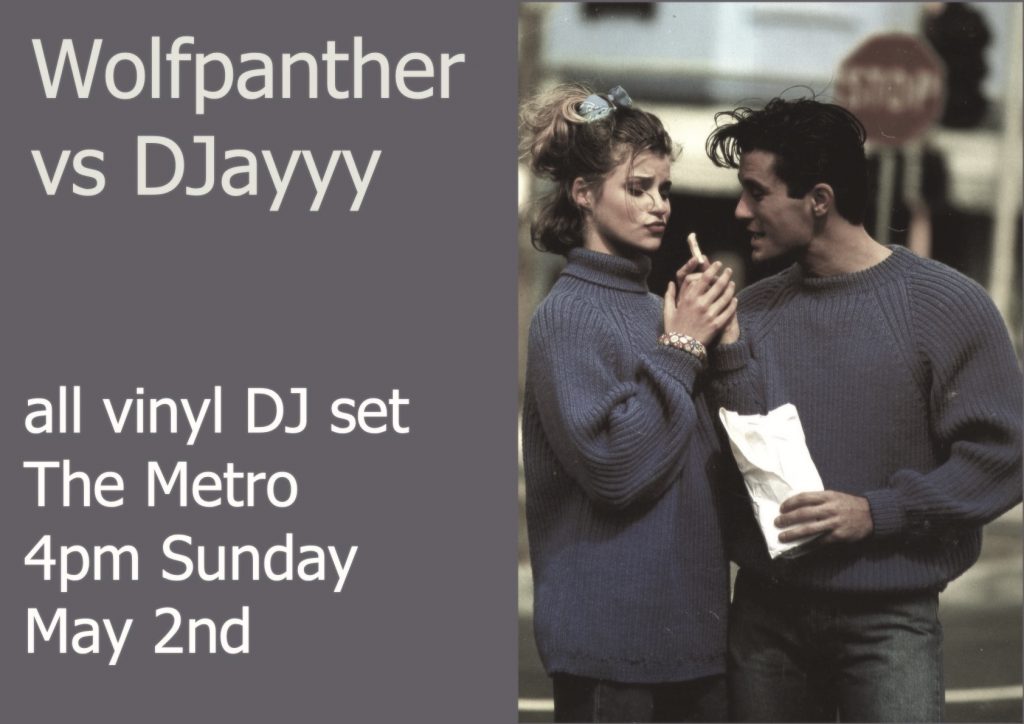With a federal election approaching (and with the recent SA state election) there has been quite a bit said on social media about preference deals. Generally concerns about these are outdated and a waste of time. Since the 2016 Senate Voting reforms (and similar state level ones) preference deals are largely irrelevant, and much talk about them mostly likely doesn’t even refer to an actual deal.
Why Preference Deals Used To Be Important
From the early 80’s until 2016 the voting system for the Senate involved group voting tickets. A voter could vote by giving preferences for all candidates below the line, or vote for one party above the line and have their preferences determined by a group voting ticket – a complete set of preferences lodged by the party with the AEC. This made some sense when it came in as a way of simplifying the system and reducing informal voting, but over time it was open to manipulation, producing undemocratic outcomes. Ideally GVTs would be determined by political ideology, giving first preferences to like minded parties and later preferences to ones you disagree with. Instead these came to be often determined by deals.
Generally deals would swap preferences on GVTs, though sometimes they would involve preference recommendations on How To Vote cards (HTV’s) for the lower house. There is an important distinction here, for a preference to count from a HTV card the voter needs to be given a card, and needs to follow what is written on it. On the other hand GVTs weren’t completely secret – they were published by the AEC – but you had to look them up, most voters when allocating a 1 above the line wouldn’t know where the preferences were going.
For example, consider a hypothetical Change The Flag Party, who make a secret deal with the Keep The Flag Party. If they exchange preferences in the Senate, then generally their voters wouldn’t see this, though someone might notice by looking at what has been published and try to make a big deal out of it – so there is a risk, but chances are most voters won’t know. On the other hand if Change The Flag hand out HTVs showing a number 2 preference for Keep The Flag in the lower house, their voters will see this right in front of them. It is likely to be ineffective since many voters will refuse to follow it because they disagree, but even worse it may discourage many from giving them a 1 in the first place. So handing out HTVs with preferences substantially different from your actual preferences is generally not productive, but ones hidden away on GTVs are different, and far more powerful because you don’t need to hand out a HTV and you don’t need someone to follow it, they just need to vote 1 above the line and the rest is automatic.
The 2016 Senate Voting Reforms
In 2016 Group Voting Tickets were abolished. This means that only preferences that a voter themselves write on a ballot paper count, it is impossible for a party to control your preferences.
You can still vote above or below the line, but now you can allocate preferences above the line as well.
The trade off, to avoid returning to the old problems of high informal rates, was to allow optional preferencing. In general optional preferencing has the disadvantage that some votes exhaust, meaning that the final result does not reflect the preferences of the whole electorate to the same degree. For single member electorates, this means that if enough voters do not allocate preferences it comes to resemble first past the post, an inferior voting system which is less fair and more manipulable. For multi-member electorates, such as the Senate and various state upper houses, the effect is much reduced, and in my opinion this is a perfectly reasonable tradeoff.
Are There Still Preference Deals?
So what is left to deal with? The main part of these deals where preferences in GVTs. These were valuable because you didn’t need people to follow HTVs and whilst not completely secret, they also weren’t completely out in the open.
All that is left now are preferences on HTVs. There are far less valuable because
- Both parties to the deal need to have significant numbers of people handing out how to votes
- Even with them handing out, only a fraction will actually follow them
- If they run too counter to what your voters would do anyway then they are less likely to follow and it may even backfire completely with them not voting for you.
So there is not an awful lot to deal with.
Why do people think preference deals are important? I would think mostly because every election there are lots of people handing out HTVs. People seem to make the mistake that this is all because parties desperately want to influence your preferences. This is not the case. The point of HTVs is to get your number 1 vote. As long as some people are handing these out then there is a danger that undecided voters will only consider the options presented to them at the booth in this way, so if you aren’t there as well you lose votes. Whilst many voters complain about them, some see it as a proxy for how much a party wants their vote – I have certainly heard derogatory comments about certain parties not bothering to hand them out by voters entering polling booths.
Why then do they show preferences? For the lower house it is because a formal vote requires all preferences to be given. Some do use “open tickets” where you specify a 1 for your candidate and ask them to number all others – but this carries a risk that someone who would vote for you won’t vote formally, so most of the time people avoid this risk by including preferences. These may be your actual preferences, though also, particularly when it is clear that it doesn’t matter (e.g. major party preferences in an electorate where they are incredibly likely to finish in the last two) they are chosen to make it as simple as possible, e.g. consecutive numbers.
In the new Senate system, the instructions are to give at least 6 preferences, so parties either recommend 1 and say to number up to 6, or show 6 preferences. Again, the latter is probably easiest, and given the limited number, parties here usually just show the parties they most agree with. These preferences might count so they tend to give them to the parties they would genuinely like to either work with if they both get in, or get in instead of them.
So there is very little to deal with, and the old sorts of deals where sometimes parties gave preferences to other parties with very different political philosophies just can’t work anymore.
Many people use the fact that preferences are recommended to infer the existence of a deal – but there are good reasons outlined above as to why parties recommend preferences, there is no need for a deal, and typically little evidence of one. Occasionally they announce some sort of deal – e.g. Greens and Labor may announce a deal – but it means very little, it is just announcing that they’ll allocate preferences in exactly the way you’d expect and recommending the vote that most of their voters would do anyway.
So I suspect that there are very few preference deals these days, and any which do exist are largely inconsequential. One big overriding factor is that as an individual voter there is no need to worry about preference deals because only the preferences you write on your ballot count, so even if there was a deal there is no reason why it should have any affect on your vote.
Why do people still talk about preference deals?
In some cases it’s confusion, they were a big thing for a long time, and continue to be in Victorian State elections because they have failed to reform their terrible system, so people are just used to them being a thing.
In a similar way, there are a lot of people who are still insistent on the superiority of voting below the line, but actually for most voters there is not point at all and they can produce an identical vote in a much easier way above the line. Unless you want to change the orders of candidates within a party, vote across parties (e.g. 1 is in Party A, 2 is in Party B etc) or vote for an ungrouped independent, there is no point in voting below the line, it just takes more time and carries a greater risk of error.
So some are just set in their ways, but also a lot of people use fear of preferences to try and convince others to vote in a certain ways. The typical basis for the argument is to assume that any preference recommendation is a result of a deal.
For example, people tried to claim that Adam Bandt did some sort of deal with the Liberals to win Melbourne. What actually happened was that the Liberals had a policy of always putting Labor last, as their chief rivals for lower house seats. This meant that they had Greens above Labor in Melbourne in 2010 and as a result those who followed their HTV would have helped elect Bandt. After this they changed to a policy of putting the Greens last in Melbourne, but I’m yet to hear the same people claim the Liberals have a deal with Labor because of this. Also I never heard what the Liberals were supposed to be getting from this deal – they clearly didn’t do well since Bandt supported a minority Labor government! The whole thing was clearly rubbish.
Similarly in the recent SA state election, the Liberals had HTVs with donkey votes in most electorates. This was because they knew that their preferences would not be distributed, and they just made them as easy to follow as possible, so a 1 for the Liberal candidate, then numbering the rest sequentially either top to bottom or continuing from the 1 if it is towards the bottom. Somebody picked out an electorate with the Greens in number 2 position and then made an image to distribute on social media using this as evidence of a preference deal. This was outrageously dishonest as the HTVs are published by the Electoral Commission in SA, anyone could see that almost all Liberal HTVs had preferences in sequential order and that there were plenty of examples where number 2 was Labor, Animal Justice or anyone else. Furthermore in the upper house the Liberals did not suggest a preference for the Greens, and the Greens put Labor above Liberals everywhere. The whole thing was an obvious lie for those who understand preferences.
These sorts of things aren’t just bad because they are dishonest, they also continue to make people think that preference deals are actually important or that they do not have control over their own preferences. The fact is that most HTVs show preferences for every other candidate – parties must come up with the ordering somehow, and most of the time it is not due to a deal.




